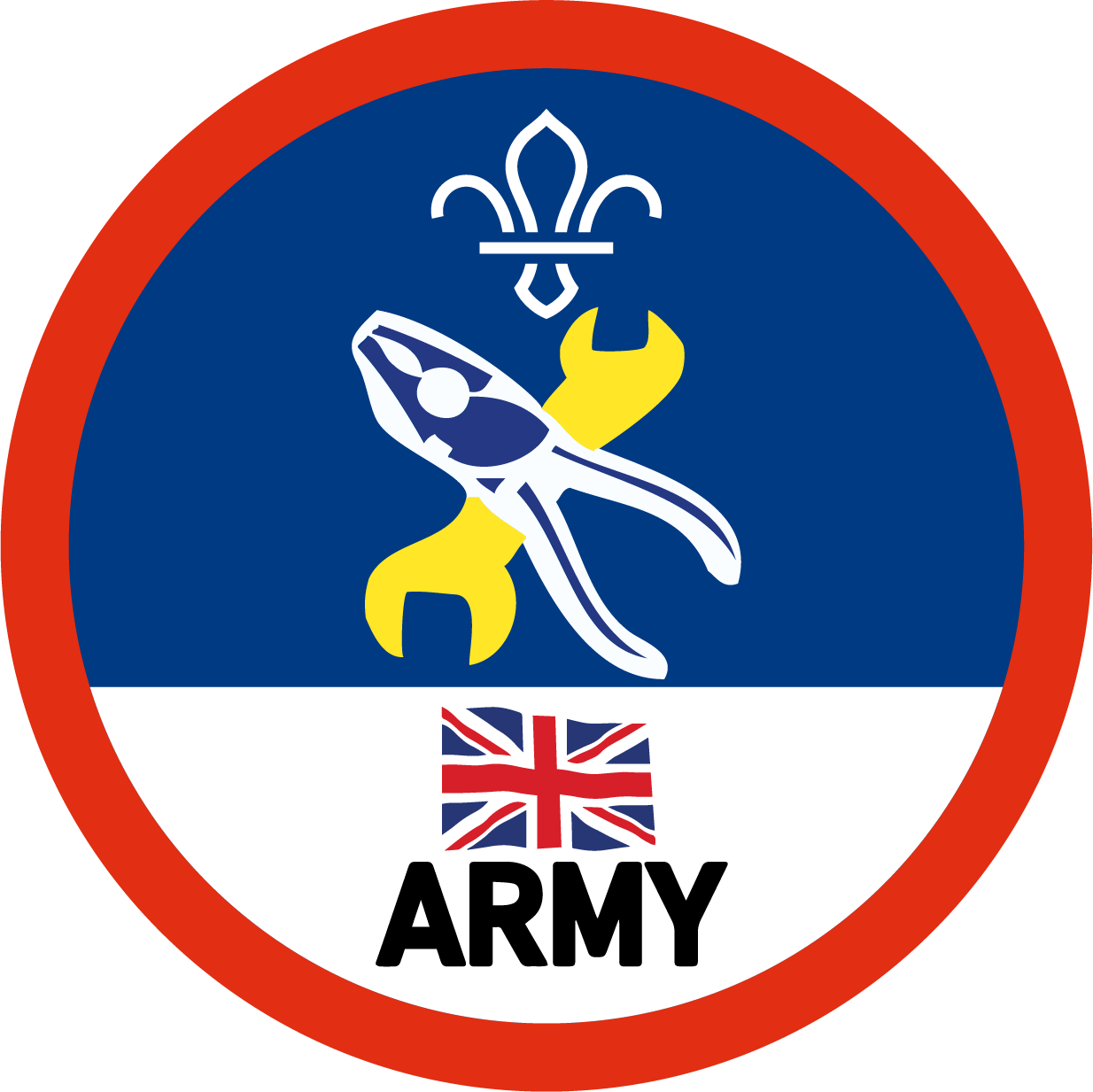
Change a car bulb
You’ll need
- Screwdrivers
- Replacement bulb(s)
- Access to a car (with the correct manual)
Before you begin
- This activity’s part of a series of short activities in the Scouts Mechanic Activity Badge.
- Decide how you’ll run these activities. You could run a mechanics activity day with a few vehicles, so small groups can try different tasks on different vehicles at the same time. You could also run the activities as short bases during a meeting (while other activities take place).
- Decide who’ll run and supervise this activity. All of the practical activities for the Mechanic Badge should be run and supervised by a qualified mechanic (or someone with enough knowledge gained through experience).
Chat about cars
- The person leading the activity should ask everyone why cars have lights. They help the driver see where they’re going, let others know they’re there, and show how a vehicle may be about to move (for example, turning or braking).
- The person leading the activity should encourage everyone to chat about why it’s important to keep the headlights working. It’s a legal requirement. Leaving a broken bulb in place can also put electrical strain on other bulbs in the system so they break too (and the owner has to spend more money to replace them all).
Modern LED bulbs can last up to 50,000 hours – that’s nearly six years of being switched on.
To watch in full screen, double click the video
Guidelines
These guidelines are generic guidelines for modern vehicles. Always check the handbook for the vehicle you’re using or get advice from a qualified or experienced mechanic: we don’t want any broken cars on our hands. This activity must always be supervised and guided by someone competent.
- Check which bulbs need replacing: someone should sit in the vehicle and turn the lights on, while someone else walks around the car to check whether they’re working.
- Before working on any electronics, you may need to disconnect the battery. Follow the vehicle manufacturer’s guidelines to do this safely and correctly.
- Find the bulb housing and gain access by opening the bonnet or the boot.
- Remove the bulb housing following the manufacturer’s guidelines. You may need to unscrew or unclip it – some bulb housings have more than one type of fastening.
- Remove the wiring plug from the bulb and replace the bulb with a new one. Make sure you’ve got the right replacement bulb (follow the manufacturer’s guidelines). Don’t handle the glass part of the bulb – use gloves or a soft cloth to protect the bulb and your hands too.
- Follow the previous steps in reserve to make sure everything’s put back correctly.
Reflection
This activity was all about developing skills. Why’s it useful to be able to get stuck in to vehicle maintenance? It helps keep people safe and can save you money too. It’s also better for the environment to look after vehicles so less resources are used to repair avoidable faults (or even replace cars). Was it easy to learn this skill? Is this skill the same for every single vehicle, or would people still need to check the manual?
This activity also gave people the chance to be independent. How did it feel to get stuck in to a practical task? What role did the adults have in this activity? They supervised to make sure no one (and no vehicles) got hurt.
Safety
All activities must be safely managed. You must complete a thorough risk assessment and take appropriate steps to reduce risk. Use the safety checklist to help you plan and risk assess your activity. Always get approval for the activity, and have suitable supervision and an InTouch process.
- Chemicals
This task involves the use of potentially harmful fluids or chemicals. Make sure you follow all relevant safety guidance. Make sure you dispose of them appropriately too, in line with safety guidance.
- Manufacturer’s guidelines
All vehicles will be different so always follow the manufacturer’s guidelines.
- Outdoor activities
You must have permission to use the location. Always check the weather forecast, and inform parents and carers of any change in venue.
- PPE
Before completing this activity make sure you have suitable personal protective equipment (PPE). This could include eye or ear protection, gloves, and anything else you need to protect yourself. You’ll know what you need as a result of completing the risk assessment for the activity.
- Vehicle readiness
Before completing this activity, make sure that the engine’s fully cooled. The vehicle should be parked on flat, stable ground with the parking brake applied.
While this activity must always be supervised and guided by someone competent, they can vary the level of hands-on help they provide. People with more knowledge and experience should do more for themselves (with supervision); people with less knowledge and experience may need more hands-on help.
The person supervising and guiding the activity can help out with parts anyone finds tricky including reading instructions, lifting or moving heavy objects, or doing the smaller or more fiddly tasks.
All Scout activities should be inclusive and accessible.
This activity’s just one area of vehicle maintenance and repair. Encourage anyone who’s interested to complete the other activities in the Scouts Mechanic Activity Badge.
Involve young people in the decision about how to do the Scouts Mechanic Activity Badge (if they want to do it at all) – would they rather do the activities separately over different meetings or as part of an activity day? Just because this activity needs supervision (and you can’t alter the content or safety guidance), doesn’t mean young people can’t have a say.
